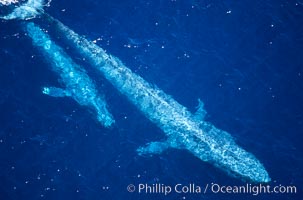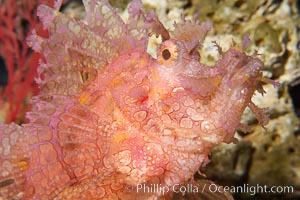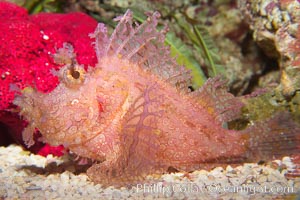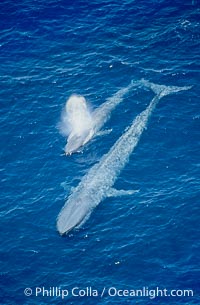
Two blue whales, a mother and her calf, swim through the open ocean in this aerial photograph. The calf is blowing (spouting, exhaling) with a powerful column of spray. The blue whale is the largest animal ever to live on Earth.
Species: Blue whale, Balaenoptera musculus
Location: San Diego, California
Image ID: 02304
Species: Blue whale, Balaenoptera musculus
Location: San Diego, California
Image ID: 02304
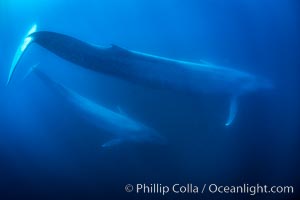
Blue whales, adult and juvenile (likely mother and calf), swimming together side by side underwater in the open ocean.
Species: Blue whale, Balaenoptera musculus
Location: San Diego, California
Image ID: 34568
Species: Blue whale, Balaenoptera musculus
Location: San Diego, California
Image ID: 34568
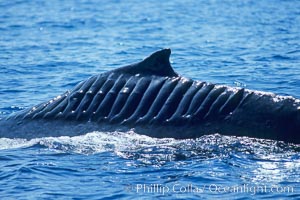
North Pacific humpback whale showing extensive scarring, almost certainly from a boat propeller, on dorsal ridge. This female North Pacific humpback whale was first seen with the depicted lacerations near the island of Maui in the Hawaiian Islands in the mid-90s, and is the original humpback to bear the name 'Blade Runner'. This female has apparently recovered, as evidenced the calf she was observed nurturing. A South Pacific humpback whale endured a similar injury in Sydney Australia in 2001, and bears a remarkably similar scar pattern to the above-pictured whale.
Species: Humpback whale, Megaptera novaeangliae
Location: Maui, Hawaii
Image ID: 05909
Species: Humpback whale, Megaptera novaeangliae
Location: Maui, Hawaii
Image ID: 05909
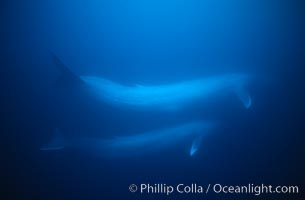
Blue whale, adult and juvenile (likely mother and calf), swimming together side by side underwater in the open ocean.
Species: Blue whale, Balaenoptera musculus
Image ID: 01964
Species: Blue whale, Balaenoptera musculus
Image ID: 01964
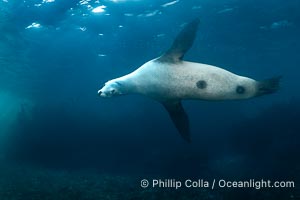
California Sea Lion with Apparent Cookie Cutter Shark Wounds, Underwater.
Species: California sea lion, Zalophus californianus
Location: Coronado Islands (Islas Coronado), Baja California, Mexico
Image ID: 39975
Species: California sea lion, Zalophus californianus
Location: Coronado Islands (Islas Coronado), Baja California, Mexico
Image ID: 39975
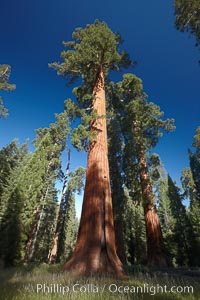
A giant sequoia tree, soars skyward from the forest floor, lit by the morning sun and surrounded by other sequioas. The massive trunk characteristic of sequoia trees is apparent, as is the crown of foliage starting high above the base of the tree.
Species: Giant sequoia tree, Sequoiadendron giganteum
Location: Mariposa Grove, Yosemite National Park, California
Image ID: 23259
Species: Giant sequoia tree, Sequoiadendron giganteum
Location: Mariposa Grove, Yosemite National Park, California
Image ID: 23259
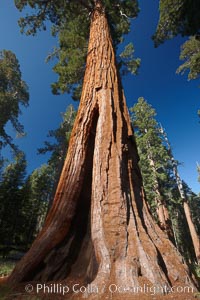
A giant sequoia tree, soars skyward from the forest floor, lit by the morning sun and surrounded by other sequioas. The massive trunk characteristic of sequoia trees is apparent, as is the crown of foliage starting high above the base of the tree.
Species: Giant sequoia tree, Sequoiadendron giganteum
Location: Mariposa Grove, Yosemite National Park, California
Image ID: 23273
Species: Giant sequoia tree, Sequoiadendron giganteum
Location: Mariposa Grove, Yosemite National Park, California
Image ID: 23273
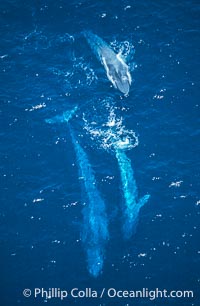
Blue whales: mother/calf pair w/ adult, Baja California (Mexico).
Species: Blue whale, Balaenoptera musculus
Image ID: 03354
Species: Blue whale, Balaenoptera musculus
Image ID: 03354
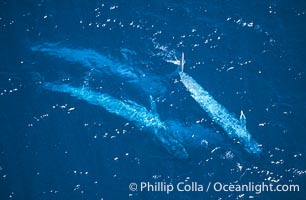
Four blue whales (including calf) socializing, Baja California (Mexico).
Species: Blue whale, Balaenoptera musculus
Image ID: 03356
Species: Blue whale, Balaenoptera musculus
Image ID: 03356
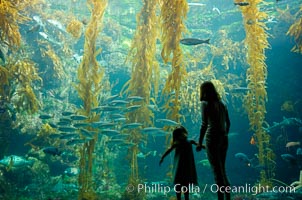
A parent and child admire the fascinating kelp forest tank at the Birch Aquarium at Scripps Institution of Oceanography, San Diego, California.
Species: Giant kelp, Macrocystis pyrifera
Image ID: 10308
Species: Giant kelp, Macrocystis pyrifera
Image ID: 10308
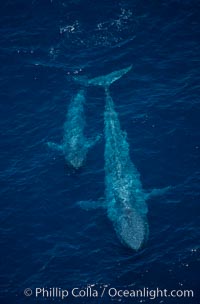
Blue whale, mother and calf, swimming at surface between dives, open ocean, aerial view.
Species: Blue whale, Balaenoptera musculus
Image ID: 02302
Species: Blue whale, Balaenoptera musculus
Image ID: 02302
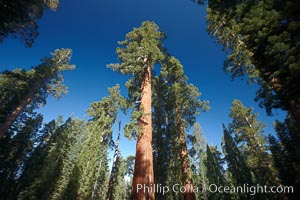
A giant sequoia tree, soars skyward from the forest floor, lit by the morning sun and surrounded by other sequioas. The massive trunk characteristic of sequoia trees is apparent, as is the crown of foliage starting high above the base of the tree.
Species: Giant sequoia tree, Sequoiadendron giganteum
Location: Mariposa Grove, Yosemite National Park, California
Image ID: 23260
Species: Giant sequoia tree, Sequoiadendron giganteum
Location: Mariposa Grove, Yosemite National Park, California
Image ID: 23260
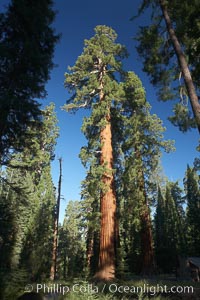
A giant sequoia tree, soars skyward from the forest floor, lit by the morning sun and surrounded by other sequioas. The massive trunk characteristic of sequoia trees is apparent, as is the crown of foliage starting high above the base of the tree.
Species: Giant sequoia tree, Sequoiadendron giganteum
Location: Mariposa Grove, Yosemite National Park, California
Image ID: 23261
Species: Giant sequoia tree, Sequoiadendron giganteum
Location: Mariposa Grove, Yosemite National Park, California
Image ID: 23261
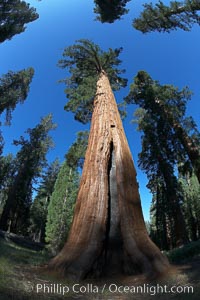
A giant sequoia tree, soars skyward from the forest floor, lit by the morning sun and surrounded by other sequioas. The massive trunk characteristic of sequoia trees is apparent, as is the crown of foliage starting high above the base of the tree.
Species: Giant sequoia tree, Sequoiadendron giganteum
Location: Mariposa Grove, Yosemite National Park, California
Image ID: 23270
Species: Giant sequoia tree, Sequoiadendron giganteum
Location: Mariposa Grove, Yosemite National Park, California
Image ID: 23270
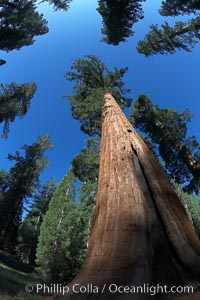
A giant sequoia tree, soars skyward from the forest floor, lit by the morning sun and surrounded by other sequioas. The massive trunk characteristic of sequoia trees is apparent, as is the crown of foliage starting high above the base of the tree.
Species: Giant sequoia tree, Sequoiadendron giganteum
Location: Mariposa Grove, Yosemite National Park, California
Image ID: 23289
Species: Giant sequoia tree, Sequoiadendron giganteum
Location: Mariposa Grove, Yosemite National Park, California
Image ID: 23289
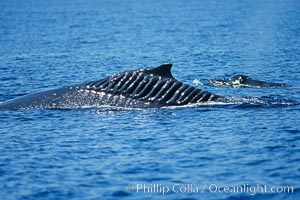
Blade Runner, the injured North Pacific humpback whale, is seen with her calf swimming alongside. This humpback whale showing extensive scarring, almost certainly from a boat propeller, on dorsal ridge. This female North Pacific humpback whale was first seen with the depicted lacerations near the island of Maui in the Hawaiian Islands in the mid-90s, and is the original humpback to bear the name 'Blade Runner'. This female has apparently recovered, as evidenced by her calf in the background. A South Pacific humpback whale endured a similar injury in Sydney Australia in 2001, and bears a remarkably similar scar pattern to the above-pictured whale.
Species: Humpback whale, Megaptera novaeangliae
Location: Maui, Hawaii
Image ID: 05907
Species: Humpback whale, Megaptera novaeangliae
Location: Maui, Hawaii
Image ID: 05907
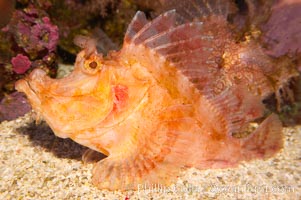
Weedy scorpionfish. Tropical scorpionfishes are camoflage experts, changing color and apparent texture in order to masquerade as rocks, clumps of algae or detritus.
Species: Weedy scorpionfish, Rhinopias frondossa
Image ID: 12897
Species: Weedy scorpionfish, Rhinopias frondossa
Image ID: 12897
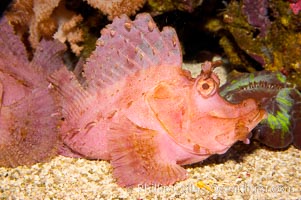
Weedy scorpionfish. Tropical scorpionfishes are camoflage experts, changing color and apparent texture in order to masquerade as rocks, clumps of algae or detritus.
Species: Weedy scorpionfish, Rhinopias frondossa
Image ID: 12898
Species: Weedy scorpionfish, Rhinopias frondossa
Image ID: 12898
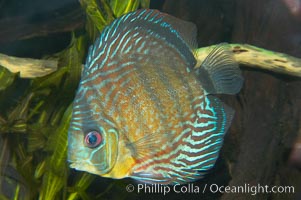
Wild discus. The female wild discuss will lay several hundred eggs and guard them until they hatch. Once they emerge, the young fish attach themselves to the sides of their parents for the first few weeks of their lives, feeding on a milky secretion produced by glands in the parents flanks.
Species: Wild discus, Symphysodon discus
Image ID: 13953
Species: Wild discus, Symphysodon discus
Image ID: 13953
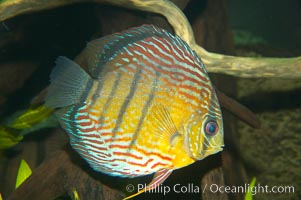
Wild discus. The female wild discuss will lay several hundred eggs and guard them until they hatch. Once they emerge, the young fish attach themselves to the sides of their parents for the first few weeks of their lives, feeding on a milky secretion produced by glands in the parents flanks.
Species: Wild discus, Symphysodon discus
Image ID: 13954
Species: Wild discus, Symphysodon discus
Image ID: 13954
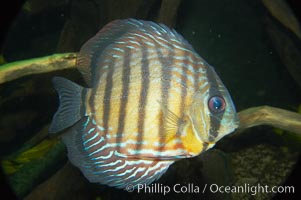
Wild discus. The female wild discuss will lay several hundred eggs and guard them until they hatch. Once they emerge, the young fish attach themselves to the sides of their parents for the first few weeks of their lives, feeding on a milky secretion produced by glands in the parents flanks.
Species: Wild discus, Symphysodon discus
Image ID: 13955
Species: Wild discus, Symphysodon discus
Image ID: 13955
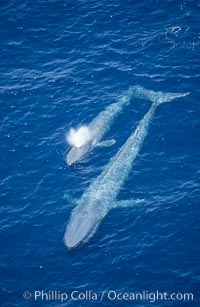
Blue whale, mother and calf.
Species: Blue whale, Balaenoptera musculus
Location: San Diego, California
Image ID: 02303
Species: Blue whale, Balaenoptera musculus
Location: San Diego, California
Image ID: 02303
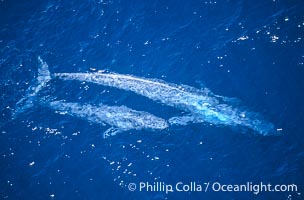
Blue whale mother and calf, Baja California (Mexico).
Species: Blue whale, Balaenoptera musculus
Image ID: 03350
Species: Blue whale, Balaenoptera musculus
Image ID: 03350
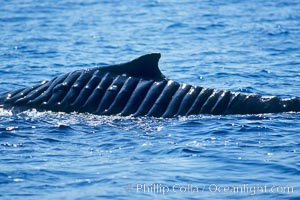
North Pacific humpback whale showing extensive scarring, almost certainly from a boat propeller, on dorsal ridge. This female North Pacific humpback whale was first seen with the depicted lacerations near the island of Maui in the Hawaiian Islands in the mid-90s, and is the original humpback to bear the name 'Blade Runner'. This female has apparently recovered, as evidenced the calf she was observed nurturing. A South Pacific humpback whale endured a similar injury in Sydney Australia in 2001, and bears a remarkably similar scar pattern to the above-pictured whale.
Species: Humpback whale, Megaptera novaeangliae
Location: Maui, Hawaii
Image ID: 05910
Species: Humpback whale, Megaptera novaeangliae
Location: Maui, Hawaii
Image ID: 05910
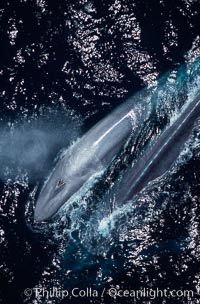
Blue whales, mother and calf, Baja California.
Species: Blue whale, Balaenoptera musculus
Image ID: 03033
Species: Blue whale, Balaenoptera musculus
Image ID: 03033
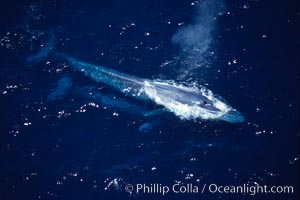
Blue whale mother (above) and calf (below), surfacing, Baja California (Mexico).
Species: Blue whale, Balaenoptera musculus
Image ID: 03345
Species: Blue whale, Balaenoptera musculus
Image ID: 03345
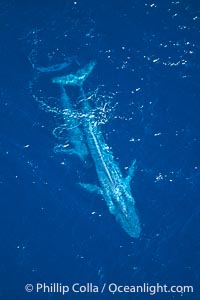
Blue whale mother and calf, Baja California (Mexico).
Species: Blue whale, Balaenoptera musculus
Image ID: 03346
Species: Blue whale, Balaenoptera musculus
Image ID: 03346
